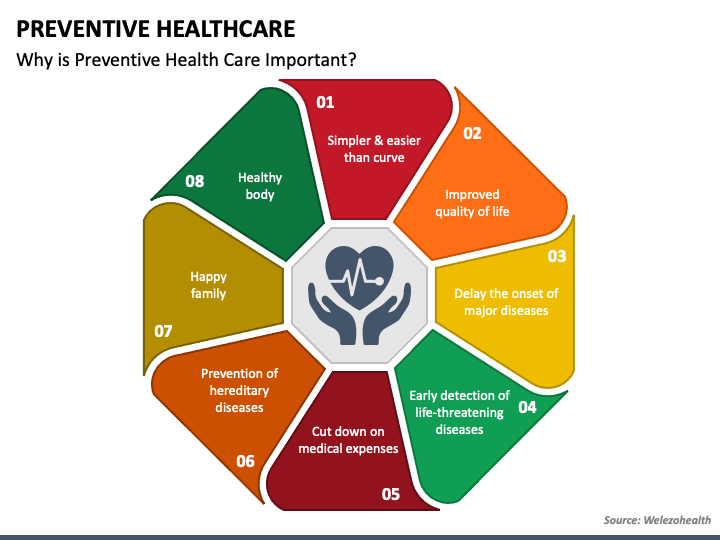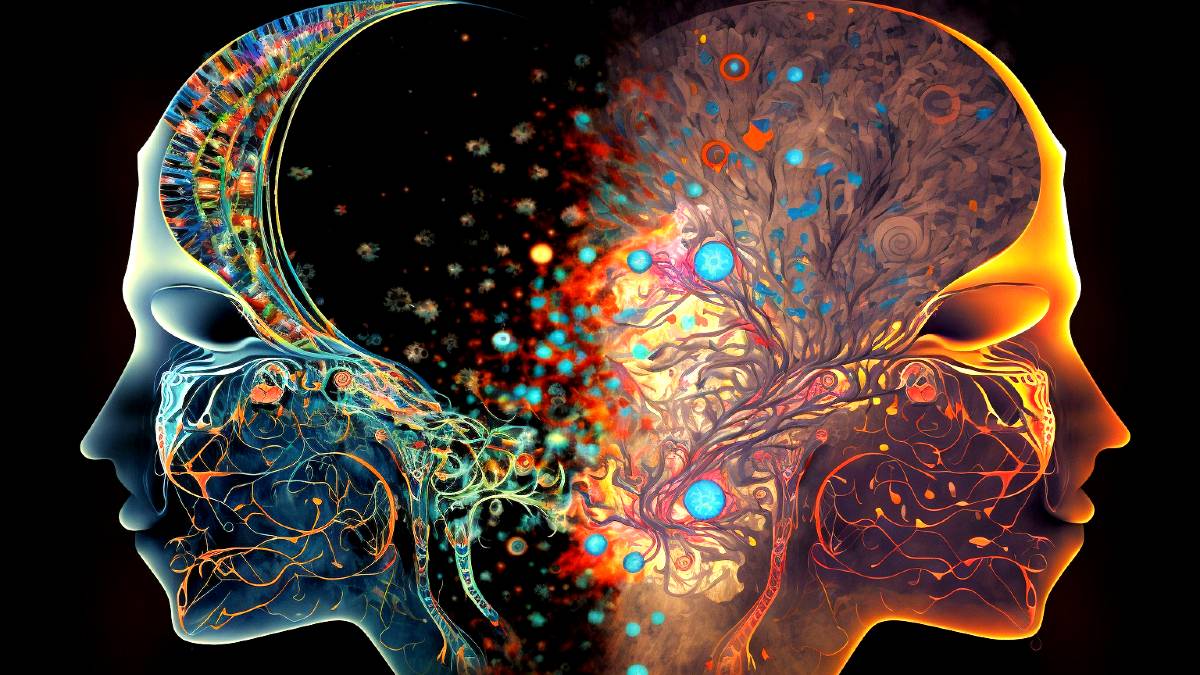Global Protests: Understanding the Surge

A World Ablaze: Understanding the Recent Wave of Global Protests
Over the past few years, and with increasing frequency, we’ve witnessed a surge in protests erupting across the globe. From Chile to France, Lebanon to Myanmar, the streets have filled with citizens voicing their discontent. But what’s driving this seemingly synchronized wave of unrest? Is there a common thread connecting these diverse movements, or are they isolated incidents? This post will delve into the complex factors fueling these global protests, exploring the underlying causes, common grievances, and potential implications for the future.
The Core Grievances: A Common Ground of Discontent
While each protest has its own unique context and triggers, several key grievances consistently emerge. Perhaps the most pervasive is economic inequality. The gap between the rich and the poor has been widening for decades in many countries, leading to feelings of frustration and resentment. Neoliberal policies, austerity measures, and the concentration of wealth in the hands of a few have left many feeling left behind, struggling to afford basic necessities like housing, healthcare, and education. This isn’t simply about poverty; it’s about the perception of unfairness and a lack of opportunity.
Closely linked to economic inequality is political corruption. Citizens around the world are increasingly distrustful of their governments, perceiving them as serving the interests of elites rather than the people. Scandals involving bribery, embezzlement, and abuse of power erode public trust and fuel anger. This distrust extends to political institutions as a whole, including parliaments, judiciaries, and electoral systems.
Lack of political representation is another significant driver. Many feel their voices are not heard by those in power. This can manifest in various ways, from a lack of genuine democratic participation to the suppression of dissent and freedom of speech. In some cases, existing political systems are simply unable to address the complex challenges facing society, leading to a sense of powerlessness.
Finally, social injustice, encompassing issues like racial discrimination, gender inequality, and human rights abuses, plays a crucial role. Protests often erupt in response to specific incidents of injustice, but they also reflect deeper, systemic problems that have been ignored for too long. The desire for dignity, equality, and respect is a powerful motivator for collective action.

Specific Examples: A Global Snapshot
Let’s look at a few examples to illustrate these points. In Chile, protests initially sparked by a modest increase in metro fares quickly escalated into widespread demonstrations against economic inequality, the privatized pension system, and the legacy of the Pinochet dictatorship. The protests highlighted the deep-seated frustration with a system perceived as rigged in favor of the wealthy.
France has seen repeated waves of protests, most notably the “Yellow Vest” movement, triggered by a fuel tax increase but quickly evolving into a broader expression of discontent with the cost of living, economic hardship, and the perceived elitism of the government. This movement demonstrated the power of grassroots organizing and the potential for protests to disrupt the status quo.
In Lebanon, protests erupted in 2019 against government corruption, economic mismanagement, and sectarianism. The country was already facing a severe economic crisis, and the protests were fueled by a sense of desperation and anger at the political elite. The protests ultimately led to the resignation of the prime minister, but the underlying problems remain.
The situation in Myanmar, following the military coup in 2021, is a stark example of protests against authoritarianism and the suppression of democracy. Citizens have bravely taken to the streets despite facing brutal repression, demanding the restoration of civilian rule and the release of political prisoners.
The Role of Technology and Social Media
The rise of social media has played a significant role in facilitating these global protests. Platforms like Twitter, Facebook, and Instagram allow protesters to organize, share information, and mobilize support quickly and efficiently. Social media also provides a platform for citizen journalism, allowing protesters to bypass traditional media outlets and share their stories directly with the world. However, it’s important to note that governments are also increasingly using social media to monitor and suppress dissent.
Digital activism, including online petitions, hashtag campaigns, and virtual protests, has become an important complement to traditional forms of protest. Technology empowers individuals to participate in collective action in ways that were not possible before.
The Future of Global Protests: What’s Next?
The recent wave of global protests is unlikely to subside anytime soon. The underlying grievances that are fueling these movements – economic inequality, political corruption, and social injustice – are deeply entrenched and will require significant systemic changes to address.
Increased polarization and the spread of misinformation pose significant challenges to these movements. Governments and other actors may attempt to exploit divisions and undermine protests through propaganda and disinformation campaigns.
However, the protests also represent an opportunity for positive change. They can force governments to address long-standing problems, promote greater accountability, and strengthen democratic institutions. The key will be to translate the energy and momentum of the protests into concrete political and economic reforms.
Building broad-based coalitions and developing clear, achievable demands will be crucial for success. Protesters need to be able to articulate their grievances in a way that resonates with a wider audience and build alliances with other social movements. The future of global protests will depend on the ability of citizens to organize, mobilize, and demand a more just and equitable world.
Ultimately, these protests are a powerful reminder that citizens have the right – and the responsibility – to hold their governments accountable and demand a better future. The world is watching, and the stakes are high.



